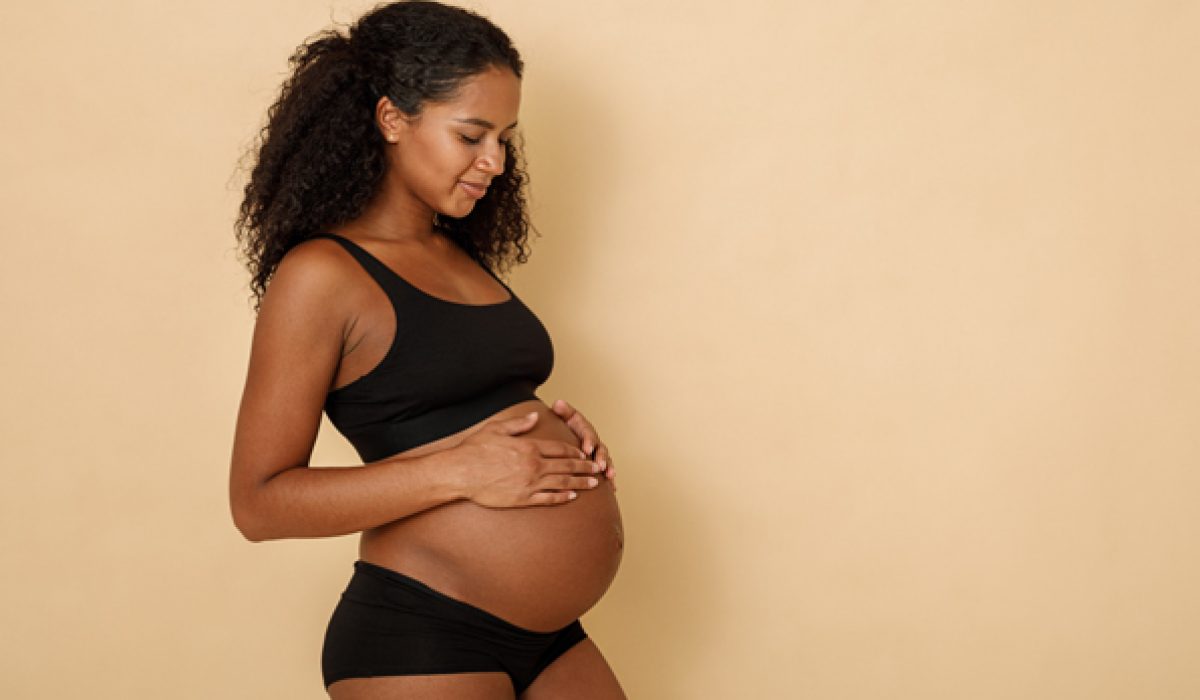Down’s syndrome is a lifelong condition that manifests during pregnancy, and is defined by the foetus acquiring an extra chromosome. Down’s syndrome occurs in approximately 1 in every 800 live births, making it one of the most common chromosomal abnormalities in pregnancy.
People with Down’s syndrome can live long lives thanks to years of research and medical advances. Although some degree of learning disability is likely to occur, most children with the condition are able to learn to walk and talk, attend school, and become semi- independent in adulthood. with the right care, most go on to lead full lives and achieve typical life goals.
Here, we explore the factors that could increase the risk of a baby being born with Down’s syndrome. We also take a look at which tests that are available for pregnant women.
Factors That Could Increase The Risk Of Down’s Syndrome
Currently, there is no known method of preventing Down’s syndrome from occurring. However, there are two main factors that may increase risk:
Age of the mother: As the age of a woman’s eggs increases, so does the risk of the chromosomes dividing abnormally, which in turn increases the risk of Down’s syndrome occurring. A 20-year-old woman would have a 1 in 1,450 chance of having a baby with this condition, whereas a 35- year-old woman’s risk is 1 in 350.
Genetics: If a blood relative of either partner has Down’s syndrome, it could mean that the gene for the condition could be passed down to the baby. The risk also increases if the couple has had a previous child who was born with Down’s syndrome.
Can Down’s Syndrome Occur Randomly?
Although both the age of the mother and the genetics of both parents can influence the risk of Down’s syndrome, the condition can also occur randomly without influence from behavioural or environmental factors.
The extra chromosome that characterises Down’s syndrome is caused by abnormal cell division. In around 95% of cases, this is caused by abnormalities during the development of the sperm or egg (the majority of the time, the abnormalities occur in the egg). This type of Down’s syndrome is called ‘trisomy 21’; besides the above risk factors, trisomy 21 occurs randomly.
How Can Down’s Syndrome Be Detected?
Pregnant women can undergo a non-invasive prenatal test to determine the risk of Down’s syndrome in a foetus, plus prenatal diagnostic tests which can confirm the presence of the condition:
Nuchal translucency scan
This scan can be arranged at 12 to 14 weeks into the pregnancy. This is an ultrasound scan which is used to measure the size of the translucent space at the back of the baby’s neck. If the baby has a chromosomal abnormality, it is more likely to have a larger translucent space containing more fluid.
Harmony prenatal test (NIPT)
This is a blood test which can be performed as early as 10 weeks into a pregnancy. A blood sample is taken from the mother’s arm before being analysed for the risk of a chromosomal condition. Although it cannot confirm the presence of Down’s syndrome in a foetus, it is 99% accurate when compared with the results of a prenatal diagnostic test.
Panorama Test (NIPT)
Like the Harmony Prenatal Test, the Panorama Test can be used to detect the risk of chromosomal abnormalities in a foetus. It can be performed from 9 weeks into a pregnancy, and involves an ultrasound scan as well as a blood test from the mother’s arm. It is the only non-invasive prenatal screening test that differentiates between maternal and fetal DNA, resulting in a very low false positive rate (Panorama Tests have 99.9% accuracy).
Amniocentesis & chorionic villus sampling (CVS)
These are prenatal diagnostic tests which are associated with a slight chance of pregnancy loss due to the invasive nature of the procedures.
Usually carried out from 15 to 20 weeks into a pregnancy, amniocentesis involves the insertion of a long needle through the abdominal wall to collect amniotic fluid for analysis. The procedure takes around 10 minutes, and can be described as uncomfortable, rather than painful.
Alternatively, carried out between 11 and 14 weeks into a pregnancy, CVS involves taking a sample of cells from the placenta for analysis. This is carried out either by inserting a needle through the abdominal wall, or a tube through the cervix with the aid of forceps.
What Happens After Receiving Test Results For Down’s Syndrome?
If your prenatal screening test (nuchal translucency or NIPT) results come back positive, you have the option to confirm the result with amniocentesis or CVS. However, it is not mandatory to undergo a diagnostic test, and some mothers prefer not to do so due to the small risk of pregnancy loss.
If the results of your screening test are negative, there is usually no need to confirm this with a diagnostic test.
The charity Antenatal Results & Choices has been set up to provide support and advice for those who have received positive results for fetal genetic conditions. Following your diagnosis, you may wish to continue with the pregnancy or terminate; currently, the UK abortion law allows termination over 24 weeks when the positive diagnosis of a genetic condition has been made. Whatever your decision, our supportive and non-judgmental team is here to help.
Where To Get Tested For Down’s Syndrome
At The Gynae Centre, we offer Harmony and Panorama NIPT testing in London at our conveniently located West End clinic. We also offer nuchal translucency scans. To book an appointment, please use our online booking system, or call 020 7580 8090.






